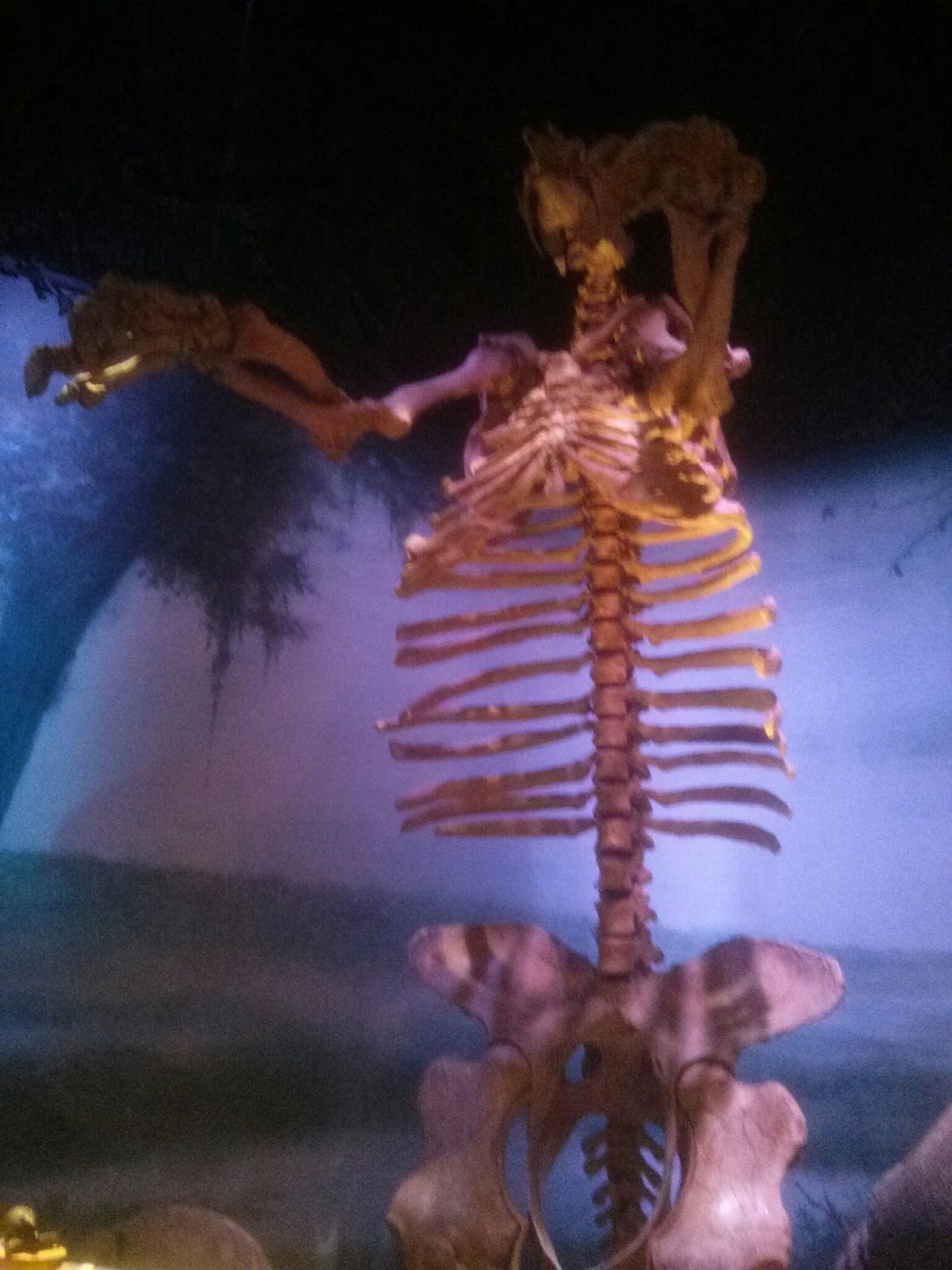Henna is the common name for the shrub Lawsonia inermsis. The plant is best known for its green leaves, which when dried, powdered, and mixed into a paste, are used for skin and hair dying. Other common names for the plant are the Mignonette tree, Egyptian privet and Mehndi. This plant grows as a native shrub in Egypt, India, Iran, Israel, Palestine and Syria. There plants may reach 8 to 10 feet high or more. The henna plant can also be grown in the United States in USDA growing zones 9b, 10a, 10b, and 11. The plant likes full sun and needs to be taken inside when the weather gets cold. I grew this plant in Daytona Beach for a while. It was growing really well for a while, but if I recall right I did not give it enough water. The plant can also be grown indoors. Cultivation is possible from cuttings or seeds.
Henna is used decoratively and medicinally in India. As a skin dye henna is popular as a wedding body decoration particularly for brides. The bride's hands and soles of her feet are painted in elaborate fertility and floral designs. This plant is also used in traditional Indian Ayurvedic medicine for treatment of skin irritations such as heat rash. Henna leaves and flowers may be applied in external preparations to inflamed skin conditions including burns, boils and sores.
The henna powder was used in ancient times is a hair dye in countries where it grew natively. In the late 1800's it also became popular as a hair colorant in Europe. By mixing the henna with other herbs different shades of color can be achieved, for example Indigo powder can be added to darken the color. You can check out our latest blog post to learn how to dye hair red naturally with henna.








.jpeg)

























